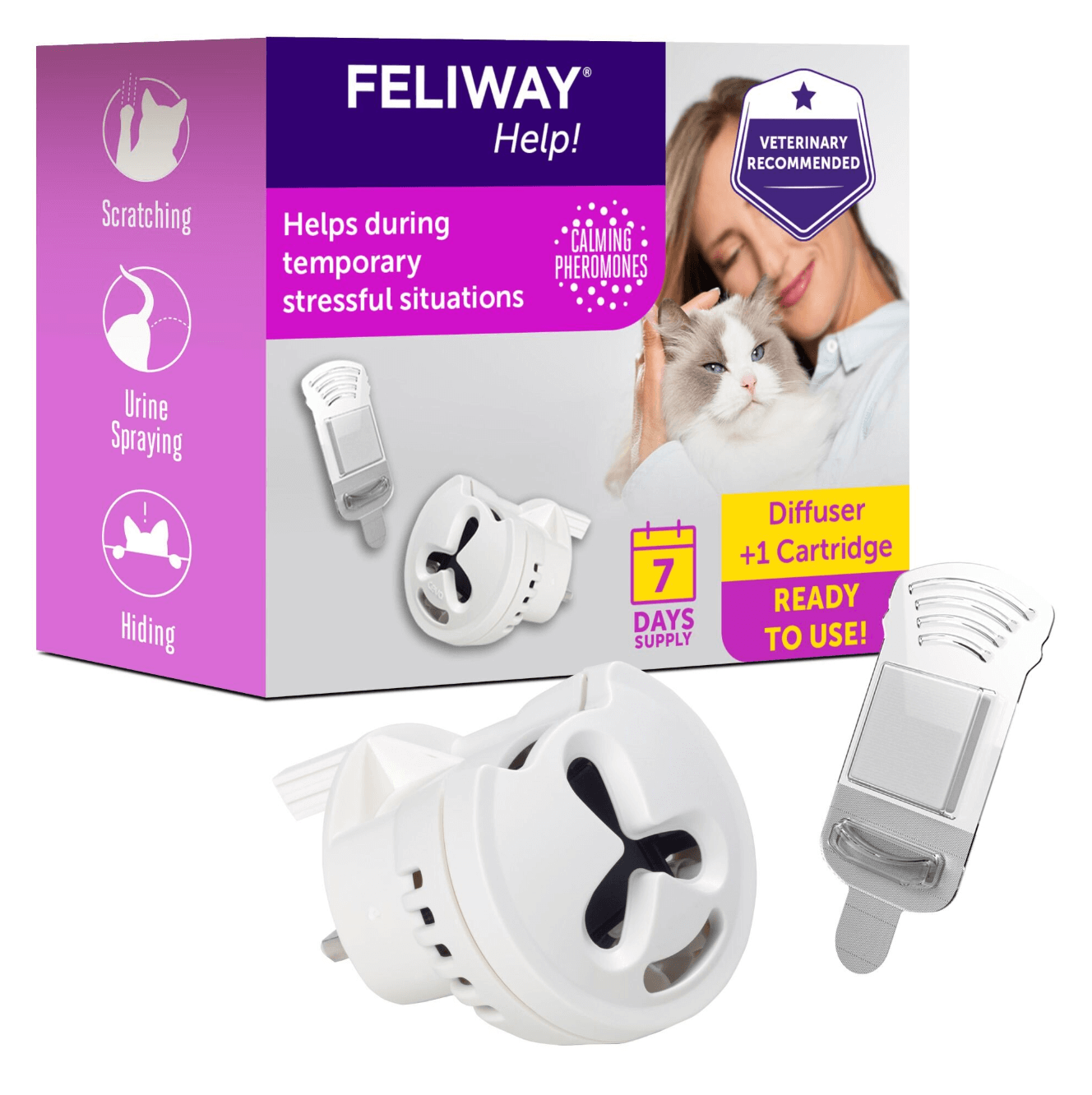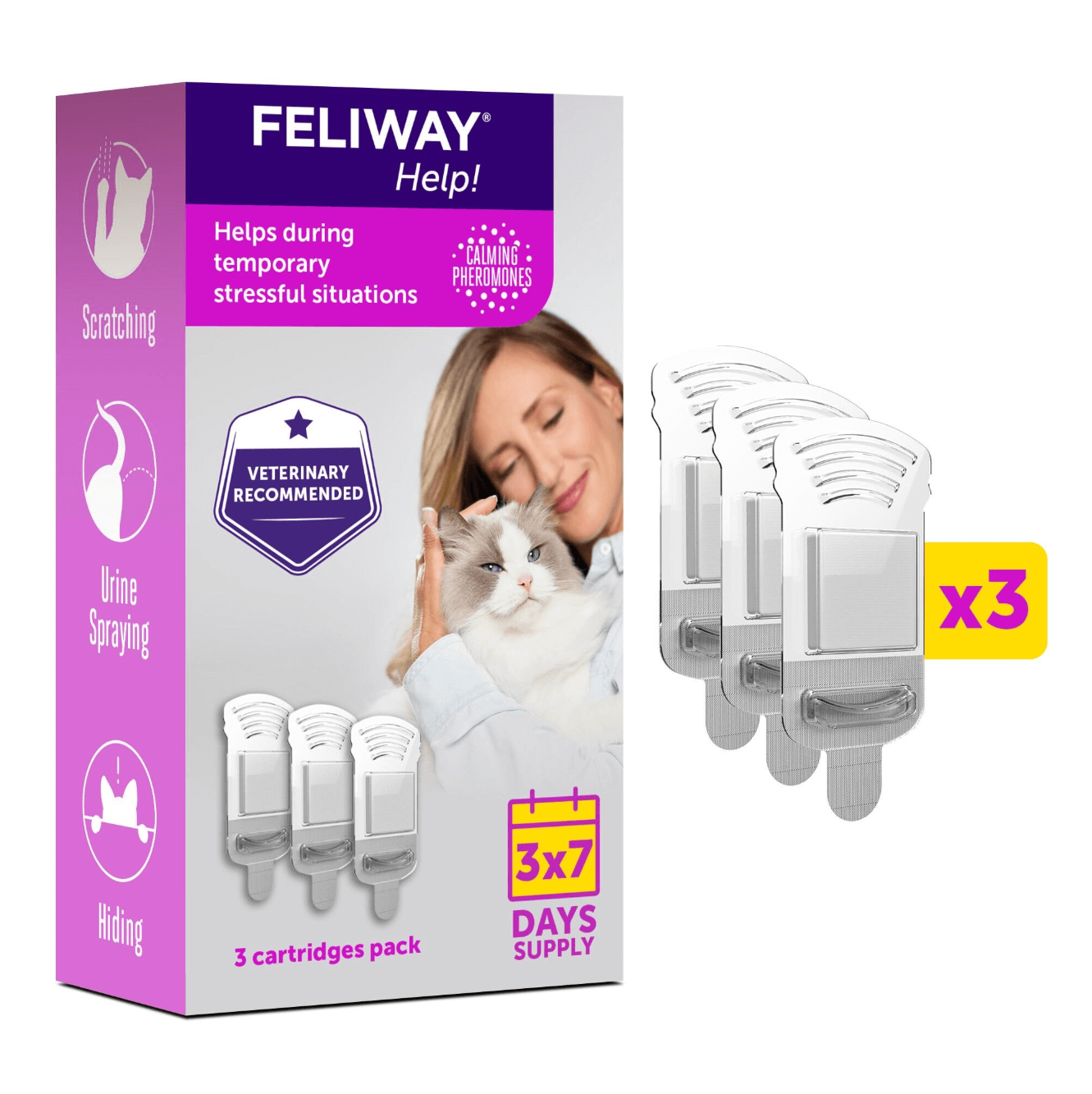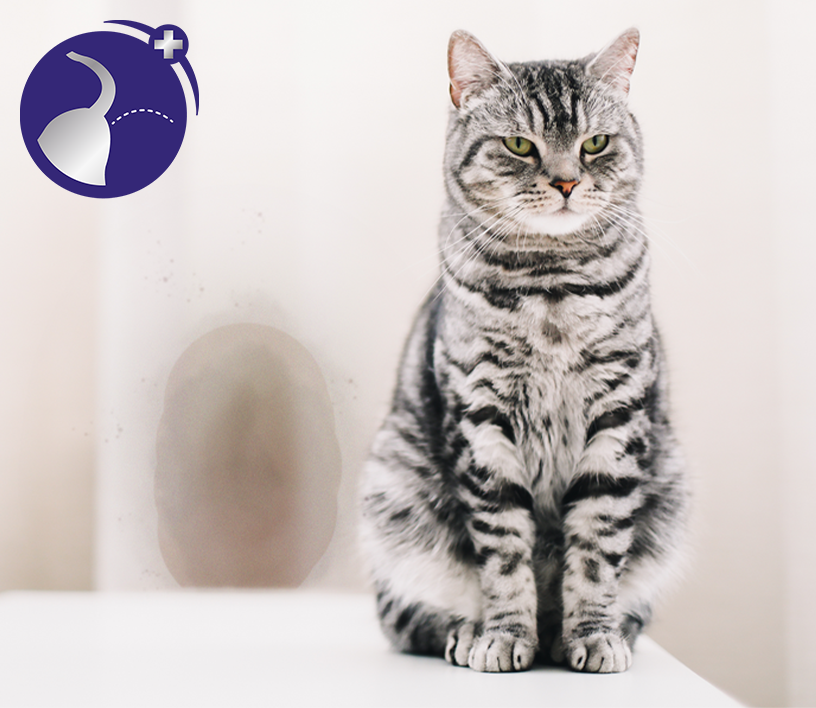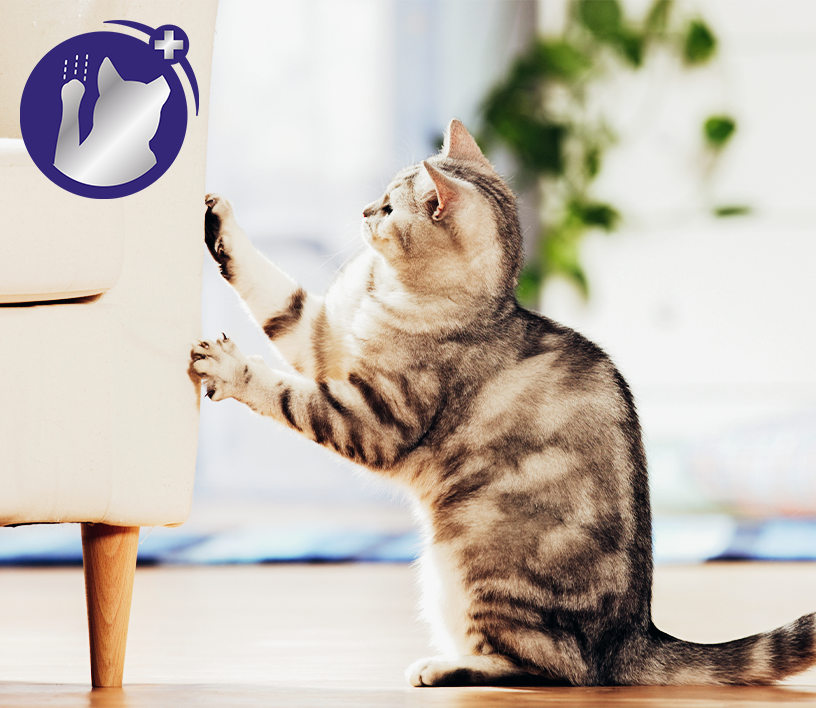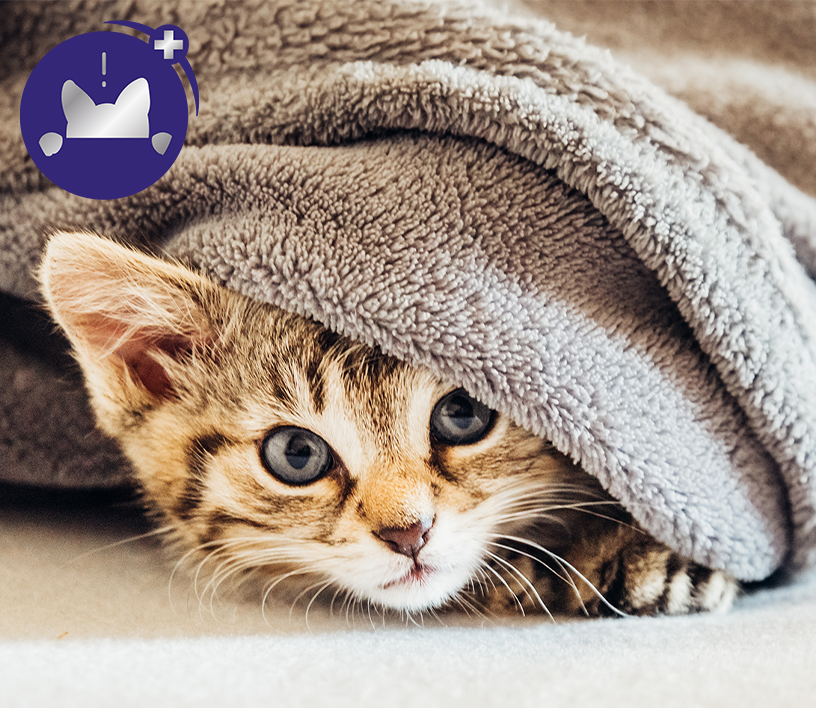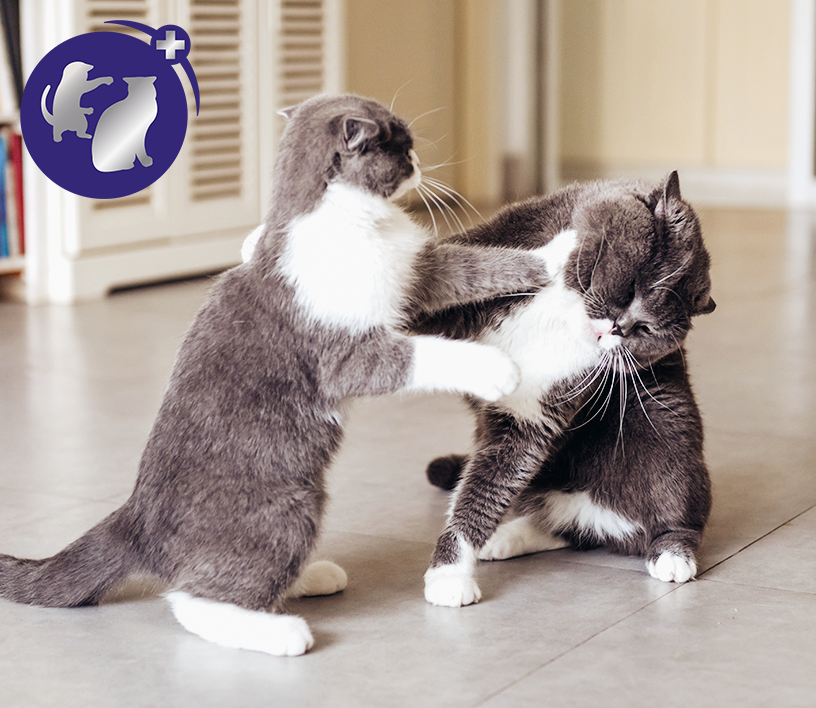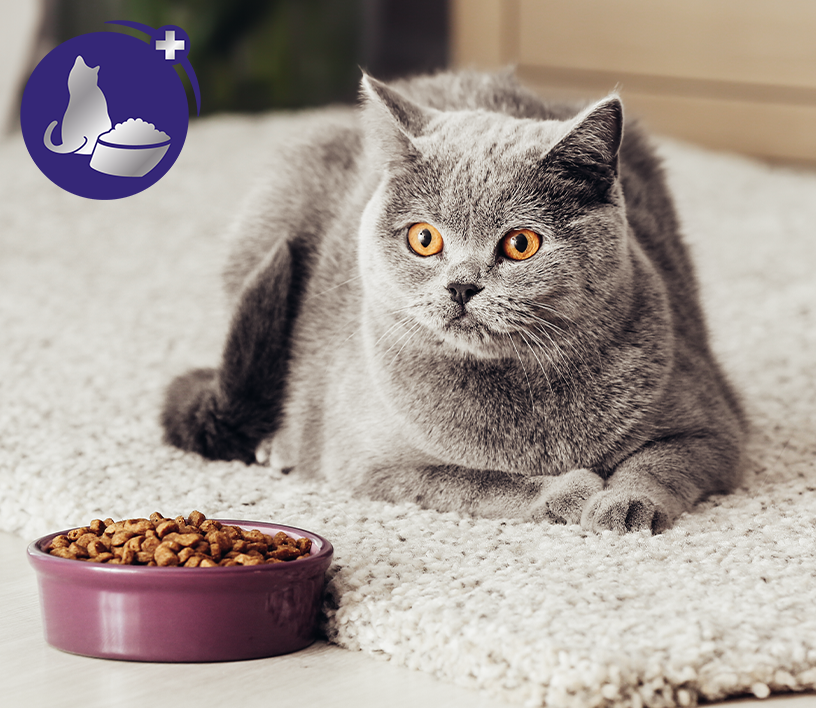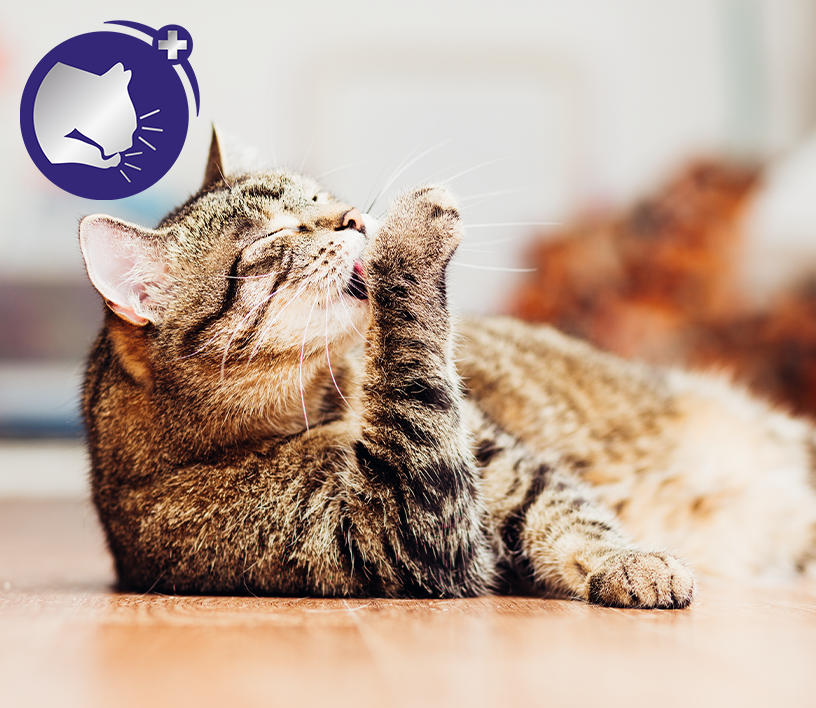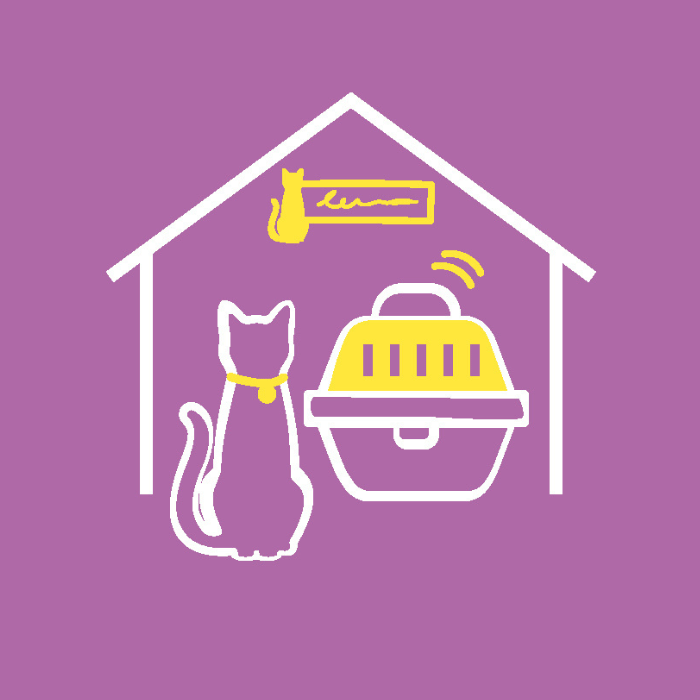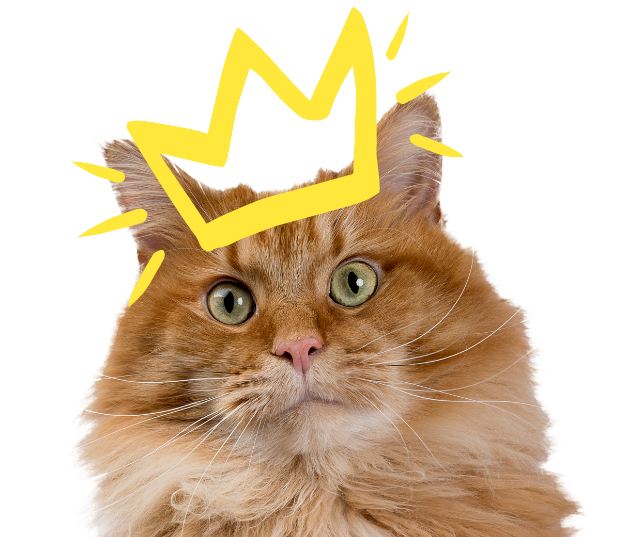
Do Cats Dream? And Why Do Cats Sleep So Much?
On average our cats can spend up to 20 hours a day sleeping! That's a lot of catnaps! But like humans, cats need their sleep to regenerate - after all, it can be quite exhausting climbing trees, jumping onto fences, and chasing things in the garden!
Why do cats sleep so much?
Sleep keeps cats alert!
Cats can settle down and have a little snooze multiple times a day; these catnaps normally last for about 15-30 minutes at a time and, like in humans, it is thought that it lowers their stress, improves their memory and increases their alertness.
Cats are crepuscular
Like their ancestors, cats are crepuscular - meaning that they are most active at dawn and dusk, which is why you might find them waking you up early in the morning, or having a skittish period in the evening and running around the house and jumping on high up shelves and furniture. This is the same time of day, in twilight when their ancestors would be most active and hunt down their prey.
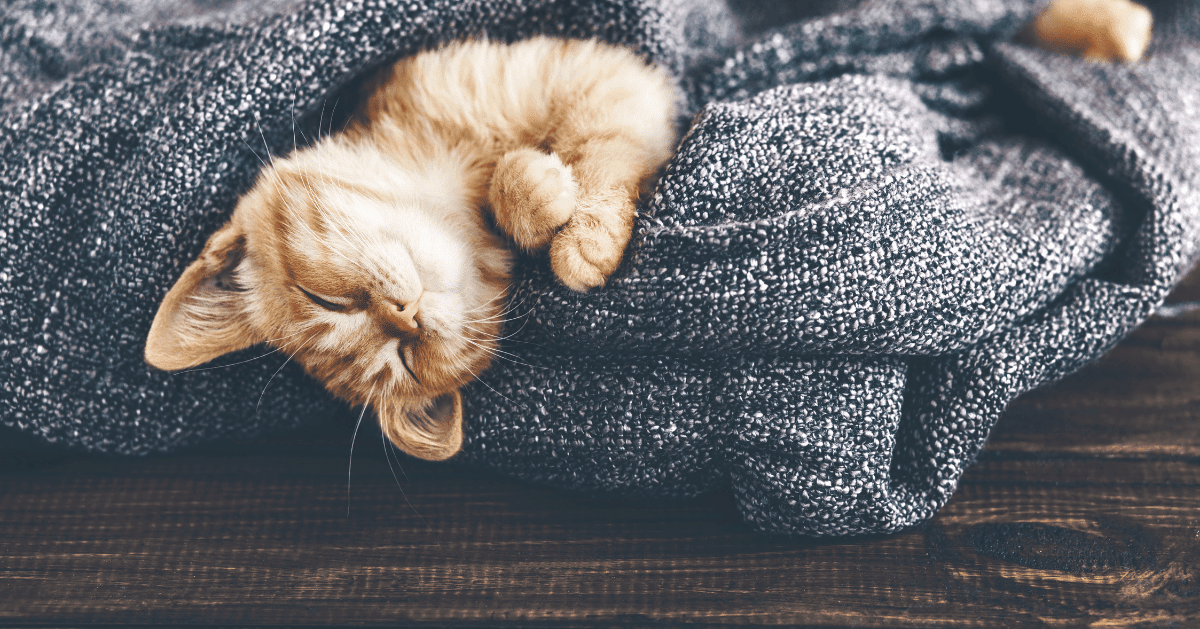
Some cats are nocturnal
Domestic cats used to living with humans will mostly adjust their sleeping habits to their owners and have most of their deep sleep at night. But some cats can be nocturnal and like to be outside exploring their territory overnight! Cats who follow this, will have a lot of sleep to catch up on during the day - don't be surprised if you catch them yawning!
They may be feeling stressed
Your cat may be feeling stressed and sleeping more is their way of coping with it; remember cats don't like change, they like to keep to a routine, and they can be wary of a lot of visitors coming to their home. Try to determine what might be causing the stress and take appropriate action to make your kitty feel better. Using FELIWAY Optimum in the home has been proven to help cats feel more relaxed, serene, and more able to cope with stress.
They may be bored
If your cat is not being stimulated, you may find that they are sleeping out of boredom. But you can prevent this from happening by ensuring:
- You put aside time for playing with your cat on a daily basis
- They have toys to play with, to keep them stimulated; these don't have to be expensive - cats get a lot of fun out of a cardboard box or a toilet roll tube tied to some string!
- A scratching post is accessible near the areas where they like to scratch; this will not only help them to maintain their claws, cats also like to use a post to have a good stretch when they wake up. Giving your cat a designated scratching post will also protect your furniture from a bored cat!
- They have plenty of places to climb, hide and sleep. This is particularly important if you have a busy household with other people, kids and pets around.
- They have access to the outside world or can view it through a window (if they are an indoor cat).
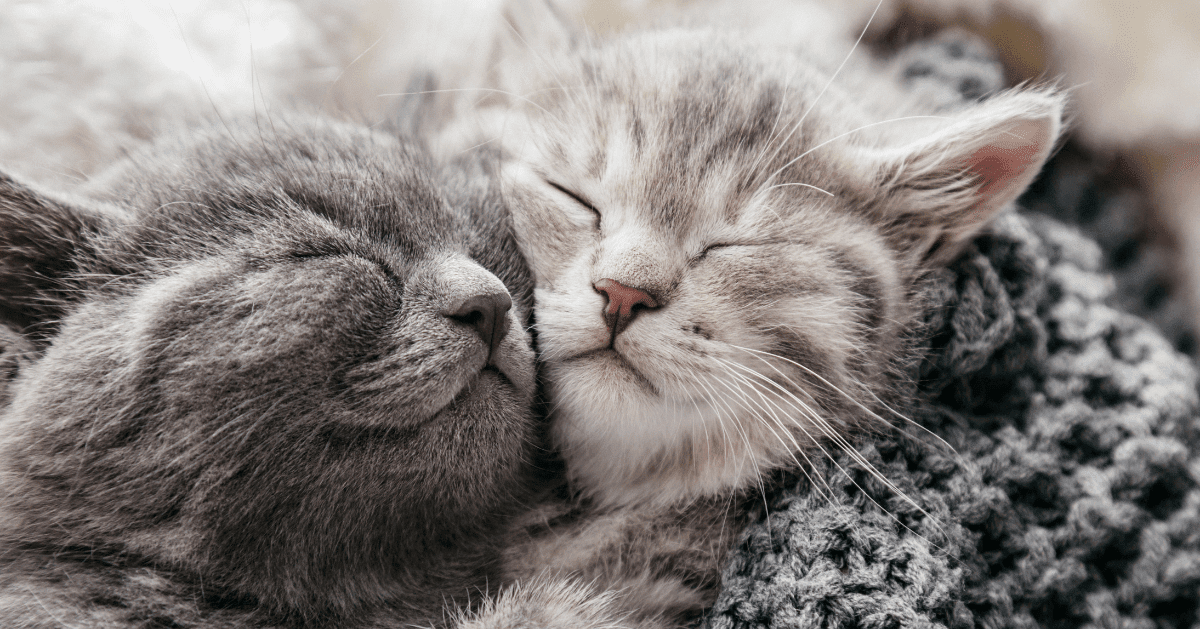
Your cat may be feeling ill
If you notice that your cat is sleeping more during the day than normal, it might be wise to have them checked out in case there is an underlying medical condition that you are not aware of.
Consider their age
Like humans, a cat's sleeping pattern changes as they get older. As kittens, they need sleep to gather energy to grow, develop and explore the world, so will have lots of cat naps. Your cat may nap less as they become a teenager and become more active and playful, but they also know how to conserve their energy. Then, as they grow older, their energy levels will decline, meaning they will need more naps to build their energy levels up again.
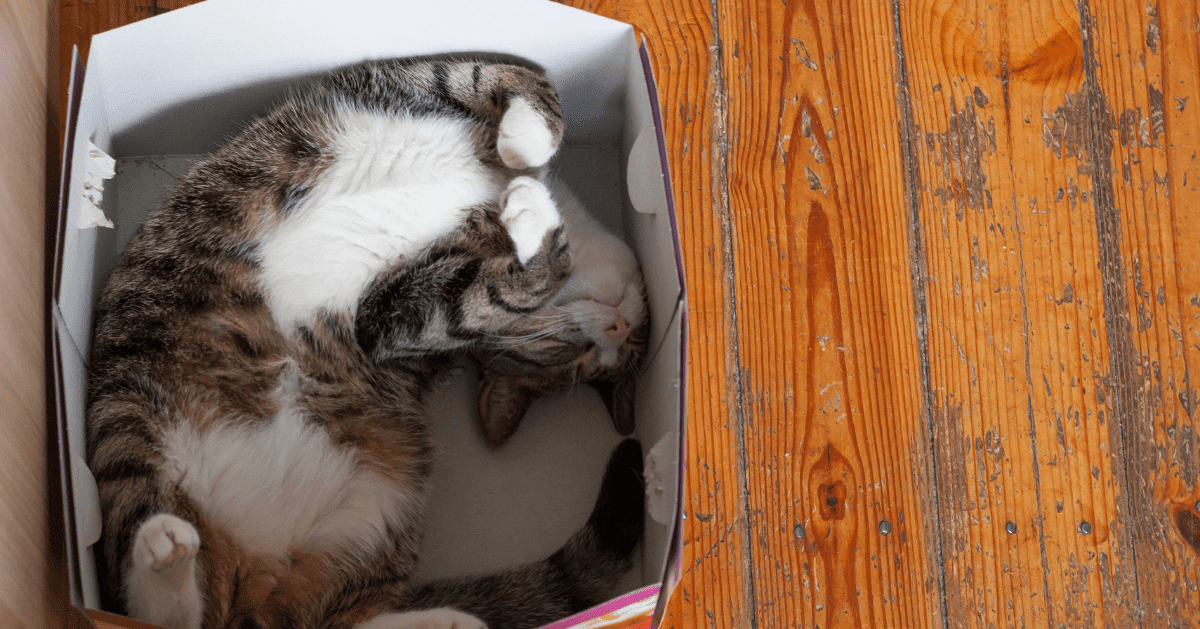
Do cats dream?
Yes! If you notice your cat's paws twitching, their tail flicking, or legs moving - or if they are chattering, you can be sure they are dreaming! They are probably reliving things that they did during the day. Like human dreams, this is normal behaviour for cats.
Cat Sleep Cycles
Cats have three sleep cycles:
- Light sleep phase: When in this phase, cats are relaxed but easily disturbed. Even though they look as though they are asleep, they will be ready to pounce at the slightest noise.
- The REM (Rapid Eye Movement) phase: Similar to humans, this is when your cat will be reliving (and dreaming of) their adventures of the day, and their brain activity will be similar to that when they are awake. You will see their bodies twitch and feet move when they are sleeping and their eyes will move behind closed lids.
- Non-REM sleep: This phase is important for cats; kittens build their muscles and bones, and an older cat's body uses the time to repair and regenerate; their immune system will strengthen and revitalise during this phase too. Kittens need more Non-REM sleep than adult cats, but as a cat gets older, the amount of Non-REM sleep diminishes.
REM sleep makes up to 60 percent of your cat's sleep time - which is three times more than humans. Cat's REM sleep often occurs around 20 minutes into a sleep period and will last for around 2-3 minutes.
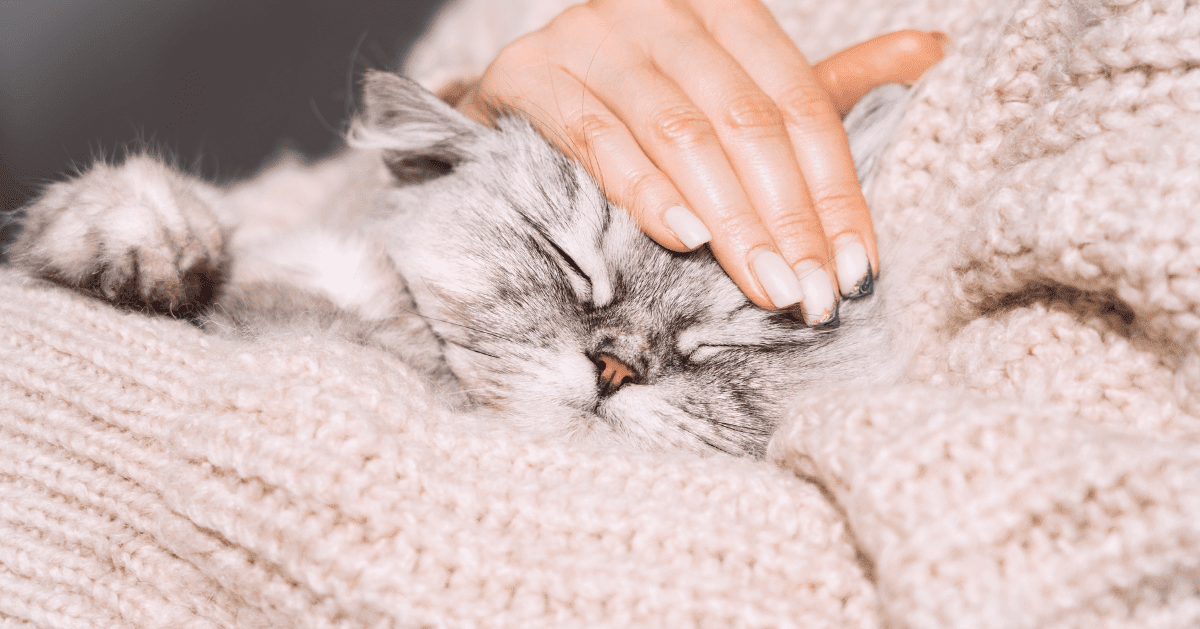
It's important you don't disturb your cat during their REM sleep cycle, even if you think they are having a bad dream. Doing this can unsettle your cat and disrupt their daily sleep cycle and rest time - of course, by ensuring they have great experiences during the day, your cat will be sure to have sweet dreams!













